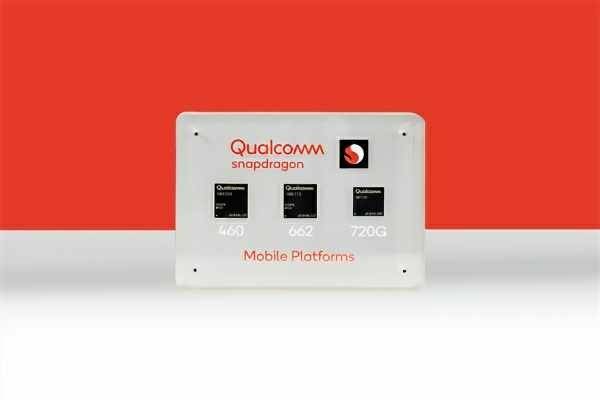
Now only in China, but the second major folder in the market is finally out.

Huawei Mate X, Huawei’s futuristic foldable smartphone, is finally a real product. The phone was sold today in China at a price of $ 2,421 (16,999 yuan).
Like the Galaxy Fold, another foldable smartphone on the market, Mate X was very bumpy on its way to a market full of delay and frustration. The phone was originally scheduled to be released “year-round,” but during the US ban on Huawei exports and the initial delay in the Galaxy Fold, Huawei decided to postpone Mate X. The new launch target was September, but when September began, the call was delayed again to the November 15 launch date.
Not much has changed since the initial announcement. The body of Mate X has a flexible OLED display made by BOE. The panel is an 8-inch 2480 × 2200 tablet when open. When closed, it is split into a 2480 × 1148, 6.6-inch display on the front and a 6.3-inch, 2480 × 892 display on the back. The back is a bit small because it includes a component bar, which is a part of the phone that is not split in half. This thick section contains important components like three cameras, a power button, a fingerprint reader and a USB-C port on the bottom.
Inside, there’s a Huawei Kirin 980 SoC, 8GB RAM, 512GB storage and a huge 4500mAh battery. Thanks to the “Balong 5000” modem included in all models, 5G support is essential in this phone. This is only for China (and other world) “Medium Station” 5G, not the US “mmWave” 5G. They are two completely different techniques for different chunks of the spectrum.
Huawei Mate X is also unique in the folding market that has emerged so far. Unlike the Galaxy Fold, which has a folding display inside the device and opens like a book, Mate X wraps the display outside the device. Mate X design has several advantages. It can be a phone when folded or a tablet when unfolded, and unlike the two screens (internal and external) of the Galaxy Fold, it does this with a single screen. The Mate X does not wrap the display outside the phone body like a Galaxy Fold, creating a tight crease on the display. A single camera can act as a “front” selfie camera and a “back” primary camera just by flipping the phone.
The main disadvantage of this design is that the only flexible display cover on the market today is delicate soft plastic. Plastic display covers are scratched, dents and permanently damaged. The Galaxy Fold features a soft display inside your phone to protect it, so you won’t be exposed to the world when you close it. When the display is on the outside, the durability of Mate X is a serious problem, as soft, delicate plastic is constantly grinding against anything on the table or anything in your pocket. Huawei seems to have a solution.

This is a protective leather handbag like the one that comes with the phone. Envelope-style design, can not be used at all when using the phone. It is not clear when to expect to use this exactly. It is very cumbersome to take out your phone every time you use it. Are there belt loops like old-fashioned blackberries? Many people can use the phone with a rubber protective ring along the outside using a protective case in a smartphone such as a rubber bumper. It’s hard to imagine a style that would protect your Mate X design.
One day it sounds like you are using flexible glass for such a folding device, and a design like this will be even more feasible. Corning is developing a folding version of Gorilla Glass, and Samsung has teamed up with a Korean company called “Dowoo Insys” to create “ultra-thin glass” for future Samsung folding. But for now, it only has scratchable plastic, and the Mate X looks ahead of its time.
Not sure if Mate X will leave China. Foldable at this point will be a very expensive borderline experimental device with appeal. Huawei still faces the fallout of the US export ban. The last cell phone released in Europe, Mate 30 Pro, did not come with a Google app.







